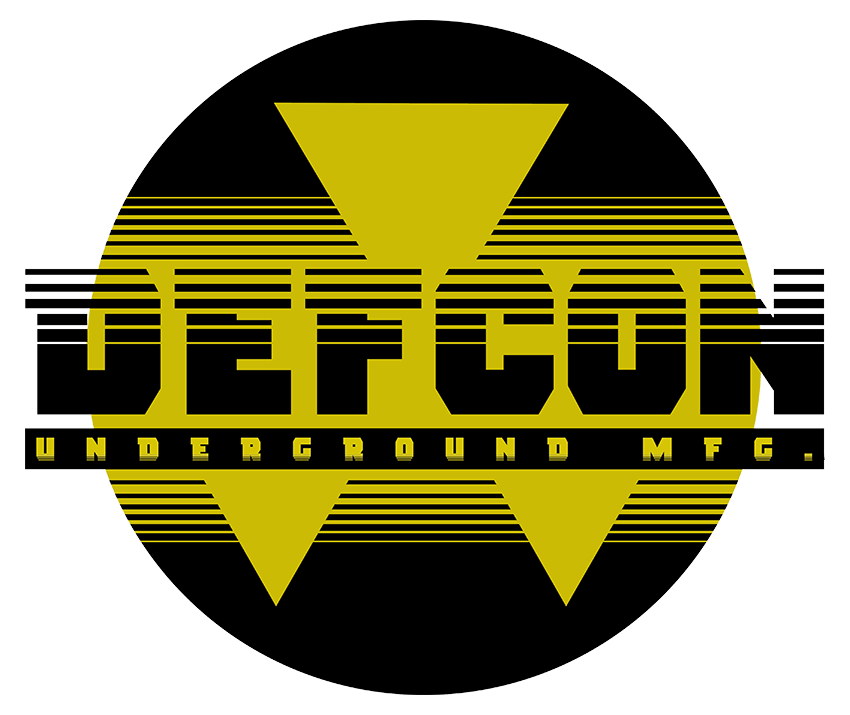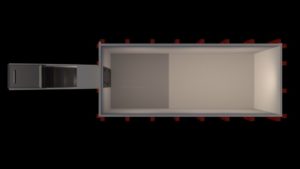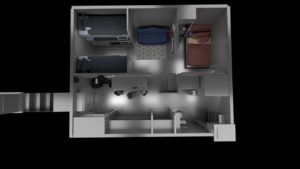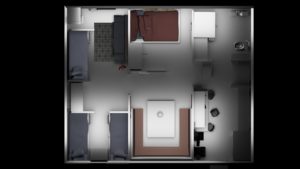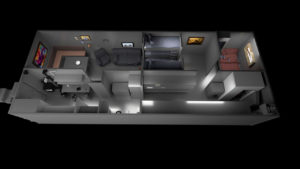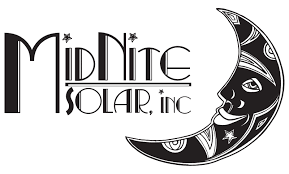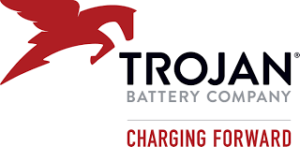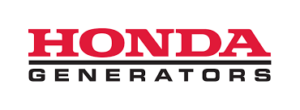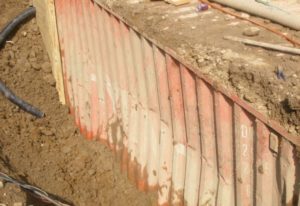
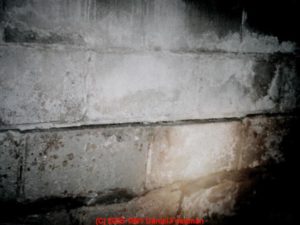
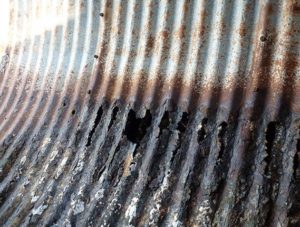
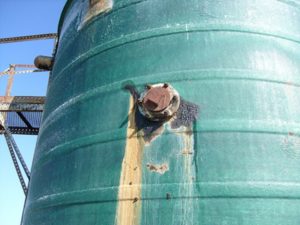
Unsafe Bunker Design
DEFCON only manufactures durable underground shelters that have been professionally engineered and use quality materials designed to last a generation. All our shelters are 100% made from structural steel. All live loads, dead loads, and blast load are taken into account. Please make sure if you purchase a bunker elsewhere that it is engineered to a safe standard. Do not use an Unsafe Bunker Design. You can’t just put a box into the ground and call it a bunker. A shipping/storage container under the ground is a potential death trap. Such containers are not made to withstand the underground, moist environment or provide long-term emergency shelter. When the need arises, you want to know that your shelter will keep your family safe. Aside from shipping containers, there are several other unsafe options as discussed below.
Everything you wanted to know about the durability of our underground bunker, emergency shelter and underground bomb shelter products can be found here.
Non-Durable Underground Shipping Container Bunker
Shipping Containers are a Unsafe Bunker Design. First and foremost, the steel used for shipping containers is thin and weak in comparison to the steel that DEFCON uses for its bunkers. Once buried, the thin steel will become evident quickly as the roof will likely bow or collapse. DEFCON also uses a special rubberized coating on the outside of its steel bunkers, this coating protects against environmental contaminants and corrosion. Shipping containers have no such coating; therefore, you will find rust, corrosion, mold, and other factors that will risk your safety. Finally, cutting away pieces of the shipping container to allow for access, venting, and customization further weakens the flimsy structure. When you purchase a custom-built steel bunker from DEFCON, you will receive a product that was designed to your specifications and exactly suited to your needs, not just a thin, steel box with a door cut out.
Non-Durable Underground Concrete Bunker
While a combination of steel and concrete can provide unmatched safety, concrete alone cannot withstand the conditions required of an underground shelter. One of the most important requirements for an underground shelter is the ability to expand and contract with the earth’s movement and temperature. Concrete is rigid by nature; therefore, it cracks when under pressure. Although a concrete shelter may not immediately collapse because of a few cracks, you will likely find moisture related problems, such as mold, within a moderately short period of time. Due to the brittle nature of concrete, the life-span of the shelter will be much shorter than a steel structure.
Non-Durable Underground Bunker PIPE CULVERT
For some time, there has been an off-shoot of independent thinkers who believe that a round structure is more structurally sound than a square structure. When examining the two types of bunkers, one finds that round bunkers lack the reinforced frame necessary to bear the weight of the structure. In a square bunker, each cross section reinforces the next, distributing the weight evenly and alleviating pressure points. Round bunkers have no weight bearing joints; therefore, they are highly susceptible to collapse once put under immense pressure. Additionally, square bunkers allow more space for the necessities and custom upgrades without compromising space or safety.
From an engineering standpoint, culverts are designed for water to flow through. They are not designed to be water-tight, not to seal out toxins from the environment. Likely, each culvert will have tiny cracks that will widen and leak over time compromising your living environment and safety.
Non-Durable Underground FIBERGLASS Bunker
Fiberglass, although great for cars and boats, lacks the structural integrity to keep you safe during a life threatening event. For starters, fiberglass products are protected with a gel coating. When placed in a moist, underground environment, this coating begins to crack, giving way to moisture, mold, and pollutants. Furthermore, fiberglass cannot contract and expand with the earth’s movement, as steel can, leading to premature failure. Dont bet your life on the Unsafe Bunker Design.
Other than safety, there are other factors to consider. Fiberglass structures do not allow for custom designs or modifications without costly custom molds. If a customer changed his or her mind mid-project, new molds would need cast, delaying the project and adding thousands of dollars in costs. Furthermore, the structure itself does not contain an interior. It is merely a fiberglass shell. Interior design features are most often made of wood, which can mold, rot, and catch fire.
Check out our Floor Plans Here
Please Call Us at 816-438-7171 or Email us at Sales@DEFCONBunkers.com for more information.
